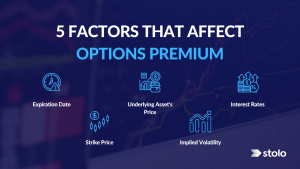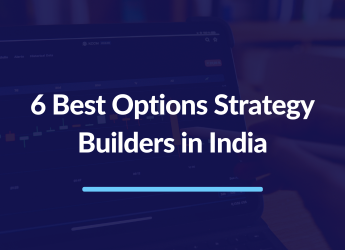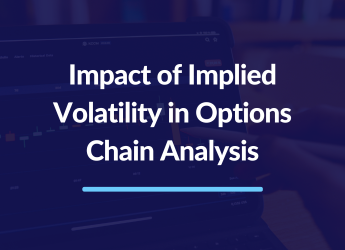An exciting and profitable method to utilise your funds is through options trading. But it can also be difficult and frightening, particularly if you’re fresh to trading. Therefore, understanding some critical phenomena is significant. As a result, understanding the idea of options premium is also critical to options trading.
The amount that an options contract currently sells on the market is called the options premium. Several factors determine this price. These include the underlying asset’s price, expiration date and more. In this blog post, we’ll explore the options premium and the five factors that affect it.
What is Options Premium?
Before diving into the factors that affect options premium, let’s define options premium. When you purchase an options contract, you are purchasing the right, but not the responsibility, to exercise. An option’s premium is the price an option’s contract trades on the market. This price depends on various variables, which we’ll review below.
You are choosing to do it at a particular time and date. One can use options for various purposes, including hedging against potential losses, generating income, or speculating on the future price movements of an asset. The premium is the cost associated with an options deal. Numerous factors constantly affect this deal, which we shall now explore.
5 Factors that Affect Options Premium

Underlying Asset’s Price
The underlying asset’s price is one of the most critical factors affecting options premium. For call options, the higher the underlying asset’s price, the higher the premium. This is because the option grants the right to purchase the underlying asset at a particular price. The more precious that right is to the underlying asset’s price, the more the option is worth. Conversely, for put options, the lower the underlying asset’s price, the higher the premium. This is because the option gives the holder the right to sell the underlying asset at a specified price. The lower the underlying asset’s price, the more valuable that right becomes.
Strike Price
Another significant element influencing an option’s premium is the strike price. When you exercise an option, the underlying commodity can be purchased or traded at the strike price. The premium for the option will be greater if the strike price is near the current market value of the underlying commodity.
Expiration Date
The expiration date or time is the amount of time remaining until the option contract expires.
An option’s premium also diminishes as the time remaining until expiry does. The decreased chance of the option getting exercised leads to this scenario. In addition, less time for the underlying asset to progress in the intended direction also causes change.
Implied Volatility
The anticipated price variation of the underlying asset, as indicated by the option’s price, is measured by implied volatility. The premium of an option rises along with the growth in implied volatility. The option is more valuable because the underlying asset will likely progress in the intended direction.
Conversely, as implied volatility decreases, an option’s premium also decreases.
Interest Rates
Indirectly, the interest rate, the cost of acquiring money, impacts an option’s premium. Rising interest rates increase the cost of keeping the underlying commodity. As a result, it increases the premium for a call option and decreases the premium for a put option.
Put options enable the buyer to sell the underlying asset. On the other hand, call options allow the buyer to acquire the underlying asset. Therefore, the buyer of a call option must fund the acquisition of the underlying asset. In contrast, the buyer of a put option must retain the underlying asset until the option gets exercised.
Conclusion
In conclusion, one can determine options premiums by combining the abovementioned factors. Traders must understand these factors and their effects on an option’s premium. If you’re looking out for the perfect options trading platform, sign up for Stolo

